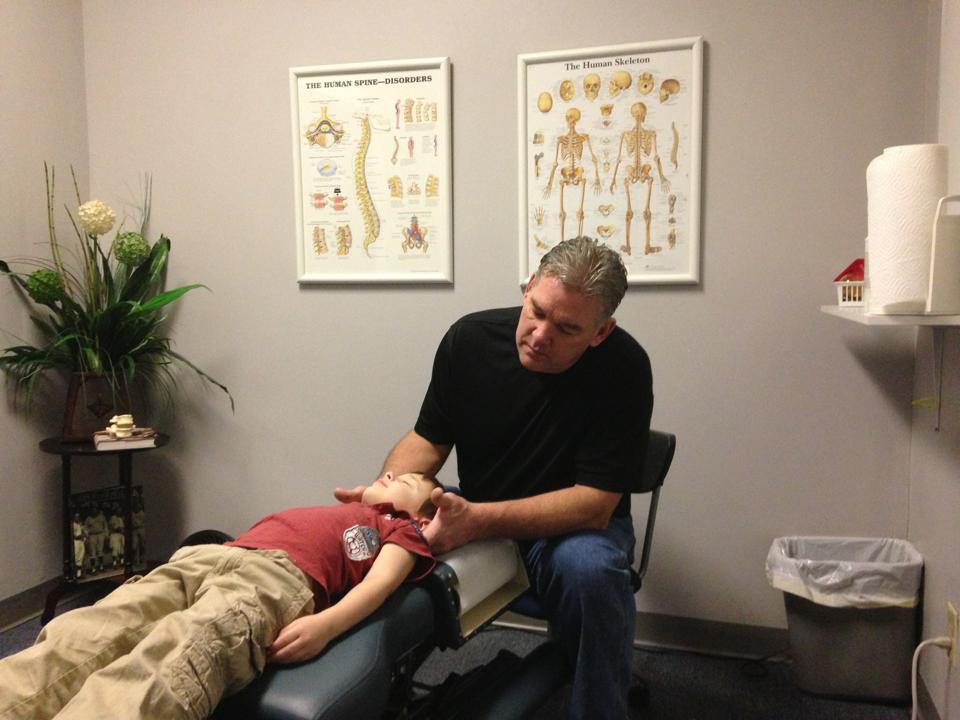F.A.Q.s (Frequently Asked Questions)
What’s Wrong With Me?
Can Chiropractic Help Me?
How Long Will It Take?
How Much Will It Cost?
Do I Have To Keep Coming Back For Treatments?
Are Chiropractic Treatments Safe and Do They Hurt?
Why Is Chiropractic Care So Important For The Maturing Adult?
What Benefits Does Chiropractic Care Provide For The Maturing Adult?
Are There Any Studies Showing The Benefits of Chiropractic Care In The Aging?
What Can Chiropractic Care Do For Me?
What’s Wrong With Me?
Accurately identifying the cause of spinal pain or other discomfort almost always requires a thorough consultation and examination. Individuals should not assume their pain stems from the same problem, for example, their neighbor had, and thus what has helped their neighbor will help them. Just as every individual is unique and different from the next, so too are the health conditions they suffer and the treatments they require.
Chiropractic doctors are highly trained in the diagnosis and treatment of soft tissue injuries and abnormalities common to the spine, extremities and rest of body. Rest assured that if you are suffering from back or neck problems, extremity problems or other health related ailments chiropractic can provide you with the effective professional relief you demand. If your condition is out of the chiropractic scope or would be more appropriately managed by another health care specialist, we will gladly and promptly make the necessary referral.
Can Chiropractic Help Me?
Chiropractic has helped millions of people worldwide suffering from all types of problems and not just back and neck ailments. Chiropractic works with the spinal column and it’s intimate relationship with the nervous system – the major controller of all bodily functions. By optimizing spinal column structure and biomechanics, irritation and stress are removed and health can once again be achieved.
You may be surprised to learn that research studies have provided scientific evidence showing chiropractic care is not only effective in the treatment of back and neck ailments, but can also provide effective relief with children suffering from ear infections, women suffering from dysmenorrhea (painful menses), and a number of other seemingly “non-spinal” conditions. While it’s not prudent to guarantee relief from such conditions or claim to “treat” these conditions, chiropractic has successfully helped millions of individuals with all sorts of health conditions by positively affecting the nervous system.
Of course, doctors of chiropractic are best known for their success in treating back and neck problems. Through the use of chiropractic spinal adjustments and other highly specialized chiropractic techniques, chiropractors have established themselves as the back and neck injury specialists. Many medical experts are now coming to understand the true effectiveness of chiropractic care and are recommending major changes in the way our health care system manages many common spinal problems. According to a recent Ontario Ministry of Health commissioned study on low-back pain,
“A very good case can be made for making chiropractors the gatekeepers for management of low-back pain…”
How Long Will It Take?
While treatment lengths vary somewhat from person to person and from condition to condition, there are a few rules of thumb you can follow.
First, newer injuries, if treated appropriately and immediately, tend to respond to fewer visits assuming that major tissue injury has not occurred. Many of these first time injuries can be effectively managed in as little as 3 to 4 visits. Conditions that have been present for greater than 3 months and recurring conditions are generally more stubborn and difficult to manage. Resolution may require 12 visits or more.
The only sure way to determine how long your treatment will take is to schedule a consultation and/or examination.
For those of you who believe in just waiting for the problem to “go away” on it’s own – understand that the longer your condition has been around, the more treatments it will eventually require to resolve.
How Much Will It Cost?
Costs vary and generally depend on the number of treatments required to effectively treat your condition. A number of studies have shown that chiropractic care is extremely cost effective when compared to other “medical” forms of care for similar conditions. According to the 1993 Manga Report,
“There would be highly significant cost savings if more management of low-back pain was transferred from physicians to chiropractors. Users of chiropractic care have substantially lower health care costs, especially inpatient costs, than those who use medical care only.”
Do I Have To Keep Coming Back For Treatments?
You may have heard the notion that once you go to a chiropractor you have to keep going back. Before we answer that question, ask yourself how many times you have visited a dentist? Like most people, you’ve probably gone dozens of times. Why? Quite simply, to prevent your teeth from literally rotting out of your head.
Once we have eliminated your pain and rehabilitated the injured tissues we do recommend that you maintain a schedule of periodic spinal checkups. Like your dentist and like many of the medical experts are now recognizing, prevention is the key to reducing recurrences of existing health conditions and minimizing new injuries in the future.
So the answer is yes, we want you to keep coming back, but just periodically. Periodic chiropractic care minimizes spinal and nerve stresses, reduces recurrences of old injuries, prevents new injuries from developing, minimizes degenerative processes, which enhances overall health and wellness.
Are Chiropractic Treatments Safe and Do They Hurt?
Chiropractic treatments are extremely safe for individuals of all ages – from infants to 100 year olds. Our treatments are safe because we only use natural and noninvasive methods of care. Research consistently shows that care from chiropractors is among the safest care available and is literally light years ahead of traditional medical care in terms of “safeness”.
The treatments themselves are generally not painful. In fact, most patients look forward to their treatments as many experience instantaneous relief immediately afterwards. Individuals who present with moderate to severe pain may experience some minor discomfort for obvious reasons, however, care is always gentle, safe and noninvasive.
Why Is Chiropractic Care So Important For The Maturing Adult?
Chiropractic care is extremely important for the maturing and elderly adult because of the dramatic changes that occur in the spine with increasing age. As we age, spinal discs, facet joints, ligaments, muscles and other spinal tissues become weaker, less hydrated, more fibrotic, and less able to withstand normal stresses. As a result, spinal pain from spinal degeneration (arthritis) becomes more prominent, tissue injury from relatively benign events occurs, and the time to heal from injuries increases.
Chiropractic procedures take into consideration the nature of the aging spine and the many abnormalities present to provide a strategically effective, safe and noninvasive treatment plan. Through the use of gentle adjustive and mobilization techniques, physical therapies, and incorporation of stretching and exercise programs spinal pain is reduced, spinal stresses are decreased, flexibility and mobility are improved, and degeneration is minimized.
Treatment techniques must focus on the underlying problem and involve participation of the patient in order to be truly effective and long lasting. Treatments which solely focus on pain and other “symptoms” only, are far less effective, and are often dangerous since the conditions causing the symptoms remain untreated and uncorrected.
What Benefits Does Chiropractic Care Provide For The Maturing Adult?
Routine chiropractic care has a number of benefits which are especially important for maturing adults:
• spinal and extremity pain relief
• decreased stiffness and muscular spasms
• increased mobility and range of motion
• increased balance and coordination
• increased sense of well being
• increased energy
• enhanced tissue healing
• decreased tissue inflammation
• increased joint health
• decreased arthritis and arthritic joint pain
• minimized spinal stress and subsequent degeneration
• minimized risk of fall injuries
Are There Any Studies Showing The Benefits of Chiropractic Care In The Aging?
A recent study evaluated the health status of 414 elderly individuals (average age of 80 years) and compared those individuals under chiropractic care with those not under chiropractic care. The researchers found a number of significant findings which included:
• 87% of those who used chiropractic care rated their health as good or excellent compared with only 68% in the nonchiropractic group
• 13% of those who used chiropractic care rated their health as fair or poor compared with 32% in the nonchiropractic group
• 44% of those who used chiropractic care reported having arthritis compared with 66% in the nonchiropractic care group
• those who used chiropractic care were more likely to do strenuous levels of exercise
• at 3 years follow-up, less than 5% of those who used chiropractic care used a nursing home while a staggering 48% of those who did not use chiropractic care did use a nursing home
• at 3 years follow-up, only 26% of those who used chiropractic care were hospitalized compared with 48% of those in the nonchiropractic group.
(See Coulter, PhD et al. Chiropractic and Care for the Elderly. Top Clin Chiro 1996;3(2):46-55)


